Regulatory Changes
Recent regulatory changes in India are influencing the dynamics of the India Beer Market. The government has been gradually liberalizing alcohol laws, allowing for more flexible licensing and distribution practices. This shift is particularly beneficial for craft breweries and new entrants, as it lowers barriers to market entry. Additionally, some states are revising their taxation policies, which could lead to reduced prices for consumers. Market analysts suggest that these regulatory changes may stimulate competition and innovation within the industry, potentially leading to a broader range of products available to consumers. As these policies continue to evolve, the India Beer Market is poised for growth, adapting to a more favorable business environment.
Increasing Urbanization
The rapid urbanization in India is a pivotal driver for the India Beer Market. As more individuals migrate to urban areas, there is a noticeable shift in lifestyle and consumption patterns. Urban consumers tend to have higher disposable incomes and a growing inclination towards leisure activities, including social drinking. This demographic shift is reflected in the increasing number of bars, pubs, and microbreweries in metropolitan areas. According to recent data, urban centers contribute significantly to beer sales, with a projected growth rate of approximately 8% annually. This urban-centric consumption is likely to continue shaping the India Beer Market, as younger consumers seek diverse and premium beer options.
Rising Disposable Income
The increase in disposable income among the Indian middle class is a significant driver for the India Beer Market. As economic growth continues, more consumers are willing to spend on leisure and lifestyle products, including alcoholic beverages. Reports suggest that the middle class is expected to expand, with a substantial portion of this demographic showing a preference for beer over other alcoholic drinks. This trend is particularly evident in urban areas, where disposable income levels are higher. The India Beer Market stands to benefit from this economic shift, as consumers increasingly view beer as an affordable luxury, leading to a projected growth rate of around 7% in the coming years.
Influence of Social Media
The impact of social media on consumer behavior is a notable driver for the India Beer Market. Platforms such as Instagram and Facebook have become vital for brands to engage with consumers, promoting new products and experiences. This digital engagement has led to increased brand visibility and consumer interaction, particularly among younger demographics. Social media campaigns often highlight craft beers and unique brewing processes, fostering a community of beer enthusiasts. Data indicates that brands leveraging social media effectively can see a significant uptick in sales, with some reporting increases of up to 20% in specific markets. As social media continues to shape consumer preferences, the India Beer Market is likely to evolve in response to these trends.
Changing Consumer Preferences
The evolving preferences of Indian consumers are reshaping the India Beer Market. There is a marked shift towards premium and craft beers, as consumers increasingly seek unique flavors and experiences. This trend is supported by a growing interest in artisanal products, which has led to the emergence of numerous craft breweries across the country. Market data indicates that craft beer sales have surged, accounting for nearly 15% of the total beer market in recent years. This shift not only reflects a desire for quality but also a cultural change where beer is becoming a preferred choice over traditional spirits. As these preferences continue to evolve, the India Beer Market is likely to adapt, fostering innovation and variety.


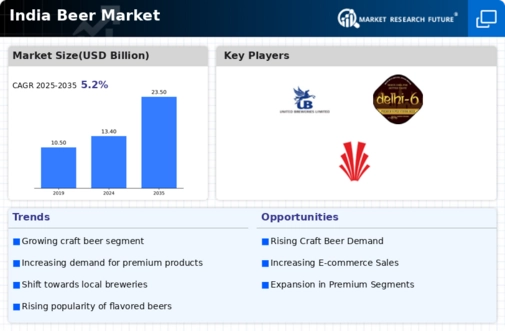
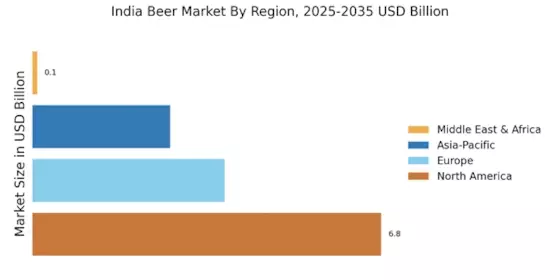
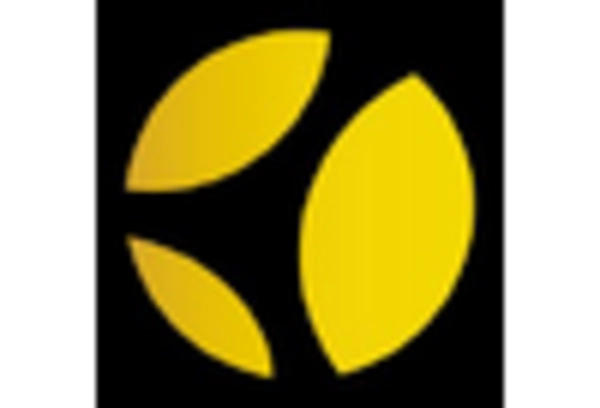
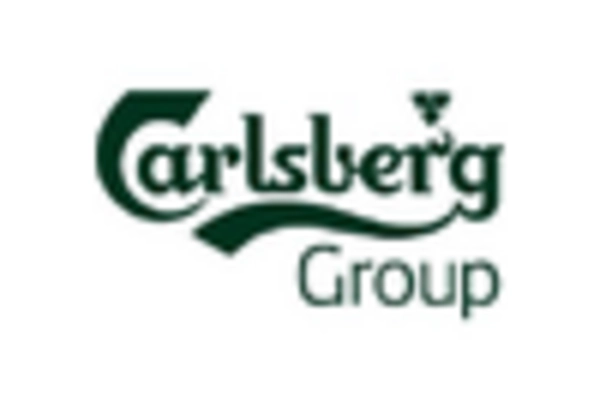

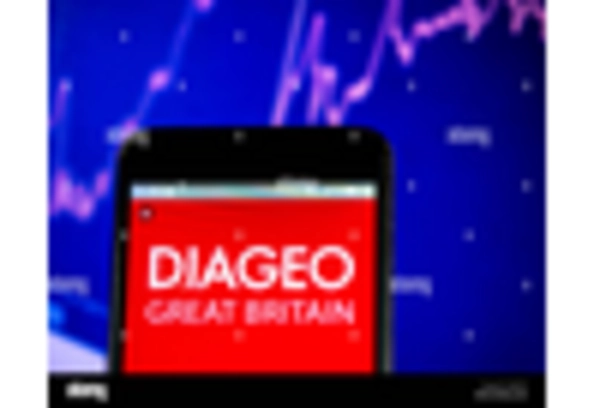
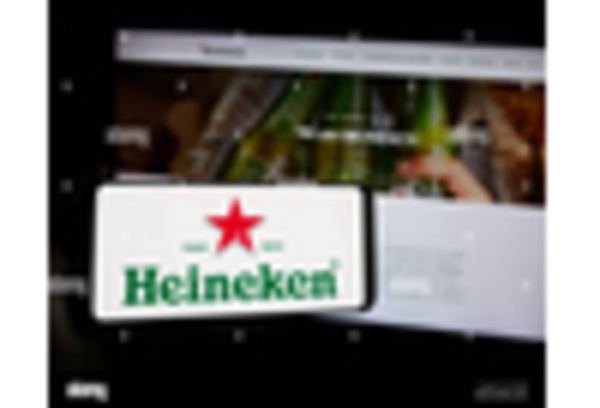









Leave a Comment